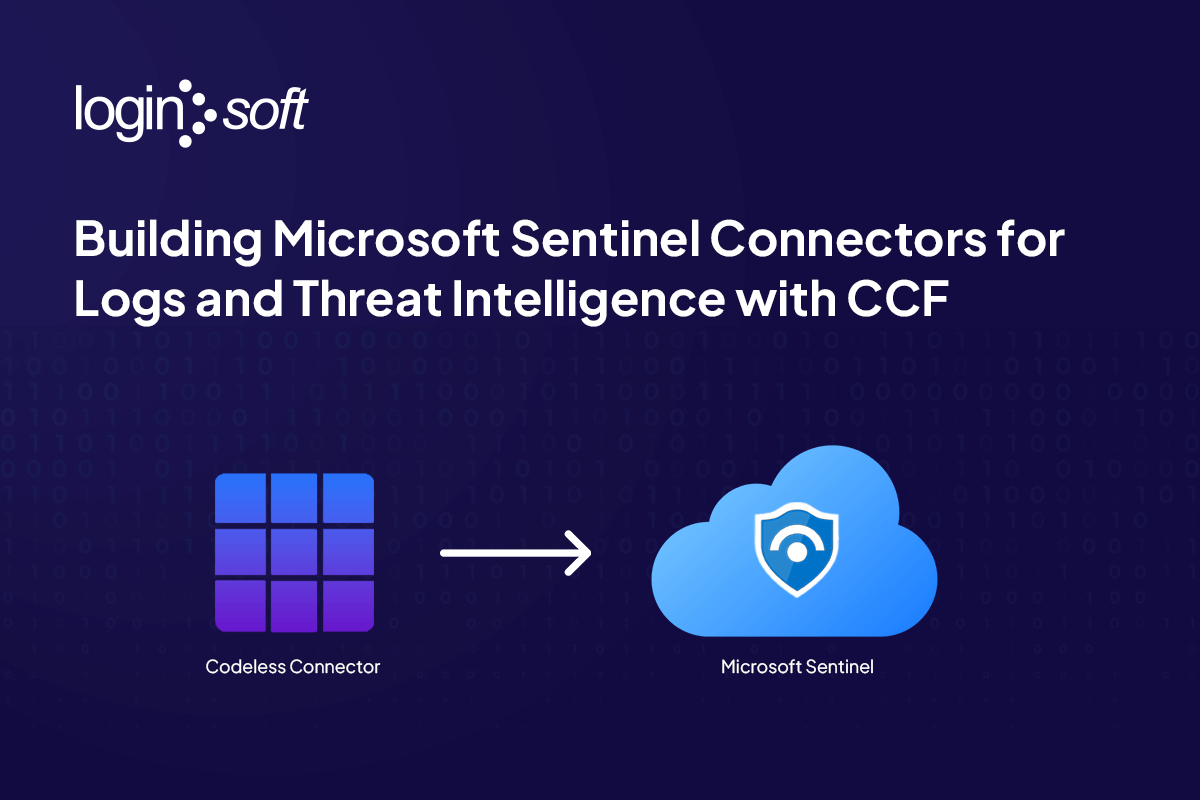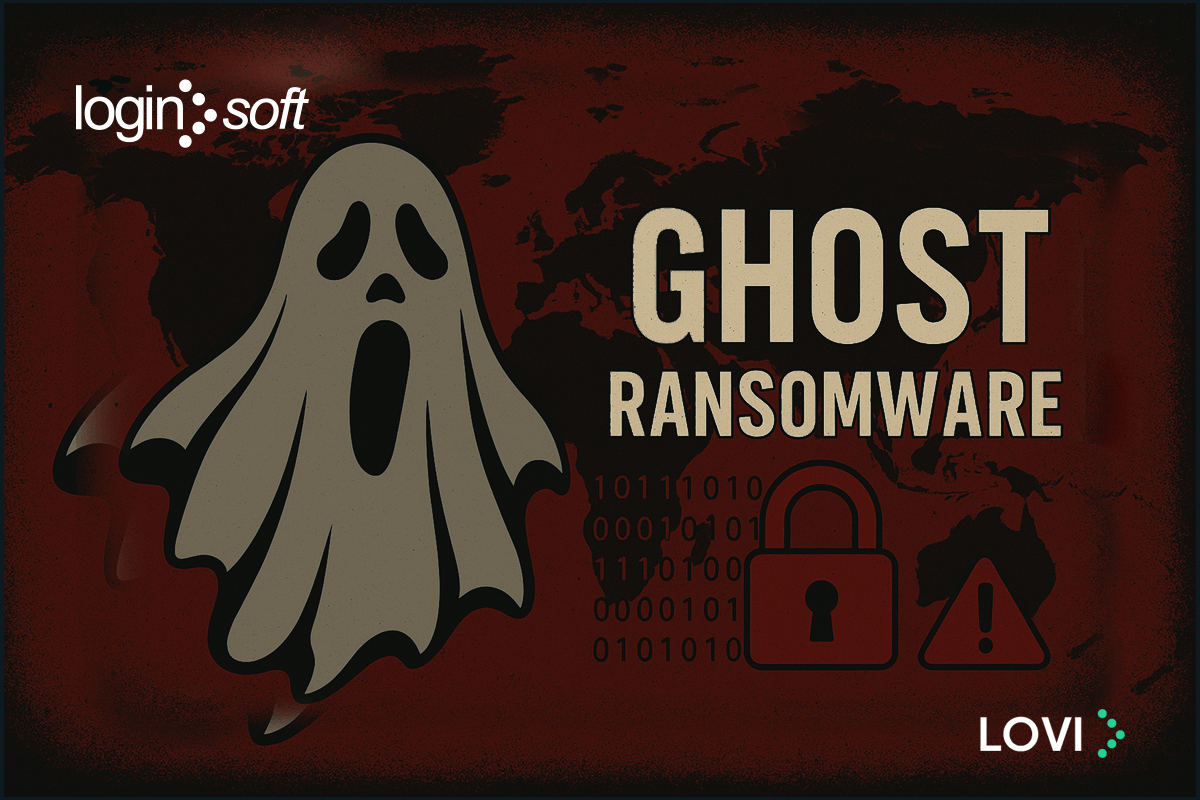Introduction
Akira is a rapidly emerging ransomware group, first identified in early 2023, and is operated by the threat actors known as GOLD SAHARA, PUNK SPIDER, and Storm-1567. Utilizing a ransomware-as-a-service (RaaS) model, Akira employs a double extortion strategy by exfiltrating data before encrypting victims' devices. However, unlike some other ransomware groups, Akira offers victims a degree of flexibility by allowing them to choose whether to pay for decryption assistance, data deletion, or both.
This ransomware has demonstrated a global reach, with the attacks impacting North America, Europe, Asia, Australia, and Africa. A wide range of industries have been targeted, such as financial services, insurance, construction, education, healthcare, manufacturing, agriculture, legal, government, logistics, retail, information technology, and telecommunications.
Recent threat activity has revealed that Akira ransomware affiliates are exploiting a vulnerability in SonicWall devices, CVE-2024-40766, to gain initial access. They specifically target SSLVPN user accounts that are local to the devices, not integrated with centralized authentication like Active Directory. These compromised accounts also lack multi-factor authentication (MFA) and are running vulnerable SonicOS firmware versions, making them prime targets for exploitation.
Key characteristics of Akira ransomware:
- It is designed to encrypt files and appends a unique ".akira" extension to the encrypted filenames.
- It is a cross-platform threat that targets both Windows and Linux devices.
- It can delete Windows Shadow Volume Copies and shut down Windows services during encryption.
- It is often spread through malicious files, such as phishing attachments or compromised software.
- It can also exploit VPN services to mask its network activity and evade detection.

Technical Analysis
Initial access
Akira threat actors often exploit vulnerabilities in Virtual Private Network (VPN) services, particularly those lacking multifactor authentication (MFA), to gain initial access to target organizations. They have been known to exploit vulnerabilities in SonicWall SonicOS firmware, VMware ESXi hypervisor, Fortinet FortiOS, and Cisco software to compromise VPN infrastructure and gain unauthorized access to target networks.
Persistence and Discovery
Once initial access is obtained, Akira threat actors attempt to abuse the functions of domain controllers by creating new domain accounts to establish persistence. In some instances, the Akira threat actors were observed creating an administrative account named “itadm”.
Tools like SoftPerfect and Advanced IP Scanner are often used for network device discovery (reconnaissance) purposes and net Windows commands are used to identify domain controllers and gather information on domain trust relationships.
Defense Evasion
As these threat actors prepare for lateral movement, they often disable security software to evade detection. Researchers have noted that Akira actors use tools like PowerTool to exploit the Zemana AntiMalware driver and terminate antivirus related processes.
Credential Access
Reports indicate that Akira threat actors leverage post-exploitation attack techniques such as Kerberoasting to extract credentials from the process memory of the Local Security Authority Subsystem Service (LSASS). Akira threat actors also use credential scraping tools like Mimikatz and LaZagne to aid in privilege escalation.
Exfiltration
Akira threat actors leverage a range of tools, including FileZilla, WinRAR, WinSCP, and RClone, along with cloud storage services like Mega, to exfiltrate data. For establishing command and control channels, they employ widely available tools like AnyDesk, MobaXterm, RustDesk, Ngrok, and Cloudflare Tunnel. These tools facilitate data exfiltration through protocols such as File Transfer Protocol (FTP), Secure File Transfer Protocol (SFTP).
Encryption
Akira ransomware employs a sophisticated hybrid encryption scheme to compromise data. Combining ChaCha20 and RSA encryption, Akira tailors its encryption methods based on file type and size, allowing for both full and partial encryption. Encrypted files are typically identified by the ".akira" or ".powerranges" extension.
Akira threat actors enhance their encryption process by inserting additional threads, allowing more precise control over CPU core usage, which boosts both speed and efficiency. The latest version also incorporates a protective layer by using a Build ID as a runtime condition, preventing successful execution without this unique identifier, which complicates dynamic analysis.
The updated Akira_v2 variant introduces functionalities such as deploying exclusively against virtual machines using the "vmonly" parameter and stopping running virtual machines with the "stopvm" command. After encryption, the Linux ESXi variant may use the file extension ".akiranew" and place a ransom note named "akiranew.txt" in directories where files have been encrypted under this new designation.
During the encryption process, the Akira encryptor avoids encrypting files located in the Recycle Bin, System Volume Information, Boot, ProgramData, and Windows folders. It also excludes Windows system files with extensions such as .exe, .lnk, .dll, .msi, and .sys from encryption. After encryption, a ransom note named "fn.txt" is placed in both the root directory (C:) and each user's home directory (C:\Users). This note provides instructions and demands a ransom payment for decryption.

Impact
In addition to data encryption, Akira exfiltrates sensitive information prior to encryption, exacerbating the risk of data breaches. To prevent system recovery, Akira's encryptor (w.exe) leverages PowerShell commands to delete volume shadow copies (VSS) on Windows systems. This strategy significantly impairs the ability to restore data from previous snapshots, complicating recovery efforts and prolonging downtime.
Akira ransomware employs a double-extortion model, encrypting systems after exfiltrating data. Ransom demands are provided upon victim contact, and payments are demanded in Bitcoin. Akira threatens data leaks and direct calls to increase pressure on victims.
Leveraged tools, exploits and malware
Recent activities
Recent investigations revealed that Akira ransomware was exploiting CVE-2024-40766, a critical access control vulnerability in SonicWall devices. The attacks focused on local accounts without multi-factor authentication (MFA) and exploited vulnerabilities in outdated SonicOS firmware versions.
Historically, this ransomware was observed exploiting
- CVE-2024-37085 - An authentication bypass vulnerability in the VMware ESXi
- CVE-2022-40684 - An authentication bypass vulnerability in the Fortinet FortiOS
- CVE-2020-3259 - An information disclosure vulnerability in the Cisco Adaptive Security Appliance (ASA) Software and Cisco Firepower Threat Defense (FTD) Software
- CVE-2023-20269 - An unauthorized access vulnerability in the VPN feature of Cisco Adaptive Security Appliance (ASA) Software and Cisco Firepower Threat Defense (FTD) Software
MITRE ATT&CK TACTICS AND TECHNIQUES
Table representing technique and tactics employed by Akira ransomware:
Defending against Akira Ransomware
- Training programs: Akira employs phishing emails and stolen credentials to spread their malware. By providing cybersecurity awareness training, organizations can mitigate their risk by educating employees on security best practices and how to identify common attack methods.
- Anti-Ransomware Solutions: The data encryption and exfiltration activities associated with ransomware attacks are distinctive and serve as clear indicators of such threats. Anti-ransomware solutions can leverage these behavioral patterns, among other factors, to detect, block, and remediate infections caused by Akira and other ransomware variants.
- Data Backups: Ransomware like Akira aims to coerce companies into paying a ransom by encrypting critical data and holding it hostage. Maintaining regular data backups allows organizations to restore their encrypted files without needing to comply with ransom demands.
- Patch Management: Akira frequently takes advantage of vulnerabilities in VPN software to gain access to target systems. Regularly applying patches and updates helps organizations close these security gaps, preventing the ransomware group from exploiting them.
- Implementing strong user authentication policies: Akira ransomware often targets VPNs without multi-factor authentication (MFA), making it easier to exploit compromised credentials. Enforcing MFA on corporate systems significantly raises the barrier for attackers, reducing the likelihood of a successful malware infection.
- Network Segmentation: Ransomware typically spreads laterally within a corporate network from its initial entry point to systems containing valuable data. Implementing network segmentation helps detect and block this movement, limiting the ransomware's ability to encrypt or steal sensitive information.
Sources Cited:
- https://www.cisa.gov/news-events/cybersecurity-advisories/aa24-109a
- https://www.trellix.com/en-in/blogs/research/akira-ransomware/
- https://www.sentinelone.com/anthology/akira/
- https://www.checkpoint.com/cyber-hub/threat-prevention/ransomware/akira-ransomware/
- https://www.trendmicro.com/vinfo/in/security/news/ransomware-spotlight/ransomware-spotlight-akira
- https://arcticwolf.com/resources/blog/conti-and-akira-chained-together/
- https://www.bleepingcomputer.com/news/security/meet-akira-a-new-ransomware-operation-targeting-the-enterprise/
- https://cyble.com/blog/unraveling-akira-ransomware/
- https://arcticwolf.com/resources/blog/arctic-wolf-observes-akira-ransomware-campaign-targeting-sonicwall-sslvpn-accounts/
- https://www.secureworks.com/research/threat-profiles/gold-sahara
- https://www.crowdstrike.com/adversaries/punk-spider/
About Loginsoft
For over 20 years, leading companies in Telecom, Cybersecurity, Healthcare, Banking, New Media, and more have come to rely on Loginsoft as a trusted resource for technology talent. From startups, to product and enterprises rely on our services. Whether Onsite, Offsite, or Offshore, we deliver. With a track record of successful partnerships with leading technology companies globally, and specifically in the past 6 years with Cybersecurity product companies, Loginsoft offers a comprehensive range of security offerings, including Software Supply Chain, Vulnerability Management, Threat Intelligence, Cloud Security, Cybersecurity Platform Integrations, creating content packs for Cloud SIEM, Logs onboarding and more. Our commitment to innovation and expertise has positioned us as a trusted player in the cybersecurity space. Loginsoft continues to provide traditional IT services which include Software development & Support, QA automation, Data Science & AI, etc.
Expertise in Integrations with Threat Intelligence and Security Products: Built more than 250+ integrations with leading TIP, SIEM, SOAR, and Ticketing Platforms such as Cortex XSOAR, Anomali, ThreatQ, Splunk, IBM QRadar & Resilient, Microsoft Azure Sentinel, ServiceNow, Swimlane, Siemplify, MISP, Maltego, Cryptocurrency Digital Exchange Platforms, CISCO, Datadog, Symantec, Carbonblack, F5, Fortinet, and so on. Loginsoft is a partner with industry leading technology vendors Palo Alto, Splunk, Elastic, IBM Security, etc.
In addition, Loginsoft offers Research as a service: We're more than just experts in cybersecurity; we're your accredited in-house research team focused on unraveling the complexities of cybersecurity and future technologies. From Application Security to Threat Research, our seasoned professionals have cultivated expertise in every facet of the field. We've earned the trust of over 20 security platform companies, who count on our research and analysis to strengthen their cybersecurity solutions.
Interested to learn more? Let’s start a conversation.








